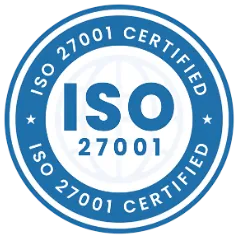Managing both assets and inventory is crucial for businesses that want to maximize efficiency, maintain financial health, and optimize operations. While both are valuable, assets and inventory serve different purposes and require distinct management strategies. In this blog, we’ll explore the key differences between assets and inventory, highlight their advantages and challenges, and provide best practices for managing each using Asset Infinity—a leading asset and inventory management platform.
What Are Assets?
Assets are resources owned by a business that contribute to its operations and long-term profitability. Assets can either be tangible (physical objects like buildings or machinery) or intangible (such as intellectual property or trademarks). Assets provide long-term value, as they help businesses generate income, improve productivity, or support overall operations. Businesses typically categorize assets as fixed or current, depending on their use and duration.
Tracking and managing assets is crucial for financial reporting, maintenance scheduling, and long-term planning. Businesses need to ensure that their assets remain functional and valuable throughout their lifecycle. This is where Asset Infinity becomes essential, as it offers automated tracking, real-time data collection, and maintenance scheduling, ensuring that your assets are always performing at their best.
Types of Assets
- Fixed Assets: These are long-term resources like real estate, machinery, vehicles, and equipment. Fixed assets are vital to a business’s day-to-day operations and are typically not intended for resale. Over time, these assets depreciate in value, so managing their performance and maintenance is essential to ensure they remain productive.
Asset Infinity helps businesses track fixed assets, automate depreciation calculations, and schedule maintenance to optimize their lifespan.
- Current Assets: These are short-term assets, such as cash, accounts receivable, and inventory, that are expected to be converted into cash or consumed within a year. While not long-lasting like fixed assets, current assets provide liquidity for daily operations.
Asset Infinity also supports the management of current assets, ensuring that cash flow and working capital are optimized.
What Is Inventory?
Inventory refers to the raw materials, work-in-progress items, and finished goods that a business holds for sale or production. Unlike fixed assets, inventory has a much shorter lifecycle, as it is constantly being used or sold to generate revenue. Effective inventory management is crucial for ensuring that a business has the right amount of stock to meet demand without overstocking, which ties up valuable cash flow.
Managing inventory can be complex, especially in businesses with large product catalogs or fluctuating demand. Asset Infinity simplifies inventory management by providing real-time tracking, reorder alerts, and insights into inventory turnover, allowing businesses to avoid stockouts and overstock situations.
Types of Inventory
- Finished Goods: These are products that are ready for sale to customers. Retailers and manufacturers rely heavily on tracking finished goods to ensure that they have enough stock to meet customer demand without overproducing.
Asset Infinity enables businesses to monitor finished goods in real time, ensuring that stock levels remain balanced.
- Raw Materials: These are the components or materials used in the production process. Without proper management of raw materials, businesses risk production delays and inefficiencies.
By using Asset Infinity, businesses can keep a close eye on raw materials, ensuring that production flows smoothly and that materials are reordered before they run out.
- Work in Progress (WIP): These are partially completed products that are still in production. Managing WIP inventory helps businesses maintain efficiency in their production lines and ensures that projects are completed on time.
Asset Infinity allows businesses to track WIP inventory, giving visibility into production timelines and helping to prevent bottlenecks.
Key Differences Between Assets and Inventory
The key distinction between assets and inventory lies in their purpose, lifecycle, and how they are managed:
- Assets are long-term resources used to support business operations, such as machinery, buildings, or intellectual property. These resources are expected to last for more than a year and contribute to the company’s long-term profitability. Assets generally depreciate over time.
- Inventory, on the other hand, is a short-term resource, often consumed or sold within a year. It includes raw materials, WIP, and finished goods. Inventory does not depreciate like fixed assets but can become obsolete if not managed properly.
Asset Infinity bridges the gap between managing both assets and inventory. The platform provides comprehensive asset management tools for tracking both, helping businesses balance short-term needs like inventory replenishment with long-term asset maintenance and depreciation.
Key areas where Asset Infinity helps manage both asset types include:
- Maintenance Scheduling: Fixed assets need regular maintenance to stay operational. Asset Infinity automates this process by scheduling regular maintenance and tracking costs, ensuring that your fixed assets remain in good working condition.
- Inventory Reordering: Keeping the right amount of stock is critical for avoiding stockouts or overstocking. Asset Infinity provides real-time data on stock levels and automates reorder alerts when inventory levels are low.
- Depreciation Tracking: For fixed assets, managing depreciation is essential for financial reporting and tax planning. Asset Infinity tracks depreciation automatically, helping businesses maximize tax deductions while maintaining accurate records.
Common Challenges in Managing Assets and Inventory
- Lack of Real-time Visibility: Businesses often struggle with maintaining accurate, real-time visibility over both their assets and inventory. This can lead to overstocking, underutilization of assets, or missed maintenance schedules.
Asset Infinity solves this challenge by offering a centralized dashboard that tracks both assets and inventory in real time, providing instant access to critical data.
- Unplanned Maintenance Costs: Failing to maintain fixed assets properly can lead to unexpected breakdowns and costly repairs. Without automated maintenance scheduling, businesses may overlook key maintenance tasks.
Asset Infinity mitigates this risk by automating asset maintenance, helping businesses avoid costly repairs and reduce downtime.
- Inventory Overstock or Stockouts: Poor inventory management can lead to either overstocking, which ties up cash flow, or stockouts, which result in lost sales. Striking the right balance between the two is critical for operational success.
Asset Infinity allows businesses to track inventory levels in real time, set up reorder points, and receive alerts when stock levels are low, ensuring optimal stock management.
- Depreciation and Valuation: Keeping track of depreciation for fixed assets can be complex, particularly for businesses with a large portfolio of assets. Depreciation impacts financial reporting and tax liabilities, so tracking it accurately is essential.
Asset Infinity automates depreciation tracking and calculates asset value in real time, ensuring that businesses stay on top of their financial records.
Best Practices for Managing Assets and Inventory
To ensure that your business maximizes the value of both its assets and inventory, consider the following best practices:
1. Automate Maintenance and Tracking
For fixed assets, regular maintenance is essential to extend their lifespan and avoid unexpected breakdowns. By using Asset Infinity, businesses can automate maintenance schedules, track asset performance, and receive alerts when maintenance is due. This ensures that fixed assets remain in good working condition and continue to provide value.
2. Monitor Inventory Levels in Real-time
Efficient inventory management requires constant oversight to ensure that stock levels are optimized. Asset Infinity offers real-time tracking of inventory, helping businesses maintain the right amount of stock to meet demand without overstocking or understocking.
3. Categorize and Prioritize Assets and Inventory
Both assets and inventory should be categorized according to their importance, usage, and value. This allows businesses to prioritize maintenance tasks for critical assets and optimize inventory turnover for high-demand products. Asset Infinity provides flexible categorization tools that make it easy to organize assets and inventory for better management.
4. Leverage Data for Informed Decision-making
Data is key to optimizing both asset and inventory management. Asset Infinity offers detailed analytics and reporting features that provide insights into asset performance, inventory turnover, and operational efficiency. By analyzing this data, businesses can make informed decisions about resource allocation, purchasing, and maintenance.
5. Set up Alerts for Reorders and Maintenance
Manually tracking when to reorder inventory or schedule maintenance can lead to human error and costly delays. Asset Infinity automates these processes, ensuring that businesses receive timely alerts for reorders and maintenance tasks. This helps prevent stockouts, overstocking, and unplanned downtime.
Conclusion
Understanding the differences between assets and inventory is crucial for optimizing resource management and maintaining operational efficiency. While assets provide long-term value and require ongoing maintenance, inventory offers short-term liquidity but needs constant oversight to ensure it’s managed effectively. Balancing the management of both asset types is key to business success.
Asset Infinity provides businesses with the tools they need to manage both assets and inventory efficiently. The platform’s automated maintenance scheduling, real-time inventory tracking, and data analytics features help businesses optimize resource use, reduce costs, and ensure smooth operations. Whether you’re managing fixed assets like machinery or tracking inventory levels, Asset Infinity offers a comprehensive solution for maximizing efficiency and profitability.
FAQs on Assets and Inventory
What is the difference between assets and liabilities?
Assets are resources that provide future economic value to a business, while liabilities represent obligations or debts that the business must settle. Asset Infinity helps businesses track and manage their assets, ensuring they are utilized effectively.
Why is inventory not an asset?
Inventory is considered a current asset because it can be converted into cash within a year. However, unlike fixed assets, inventory is constantly cycled through as it is sold or consumed. Asset Infinity helps manage both assets and inventory, providing clarity on their roles and value.
How are assets and inventory valued?
Assets are valued based on purchase price, depreciation, and current market value. Inventory is valued based on cost and potential selling price. Asset Infinity tracks the value of both assets and inventory in real time, providing businesses with up-to-date information for financial reporting.
What are some common examples of assets and inventory?
Common assets include machinery, vehicles, and buildings, while inventory includes raw materials, finished goods, and supplies. Asset Infinity helps businesses track both assets and inventory, ensuring that resources are used efficiently and effectively.


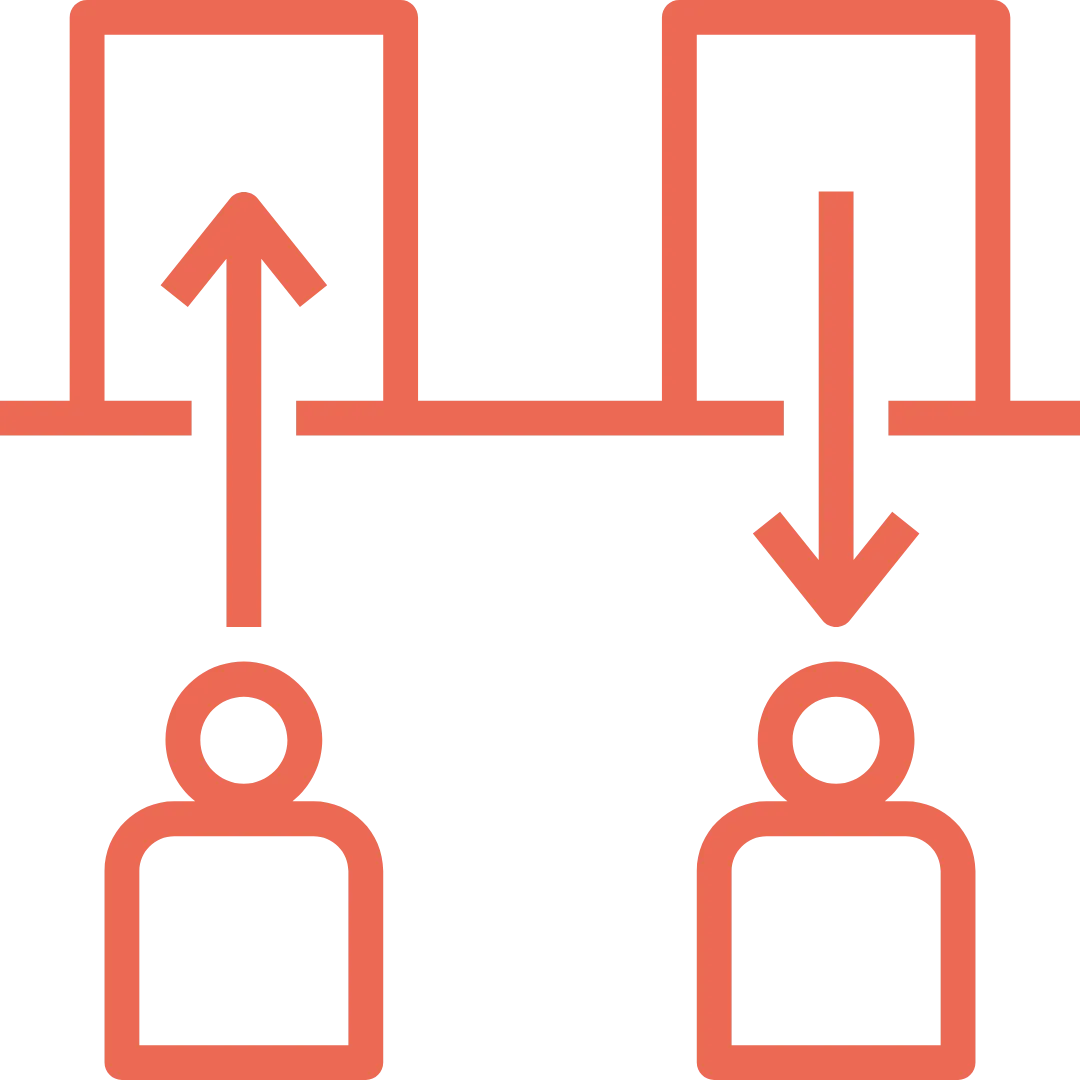









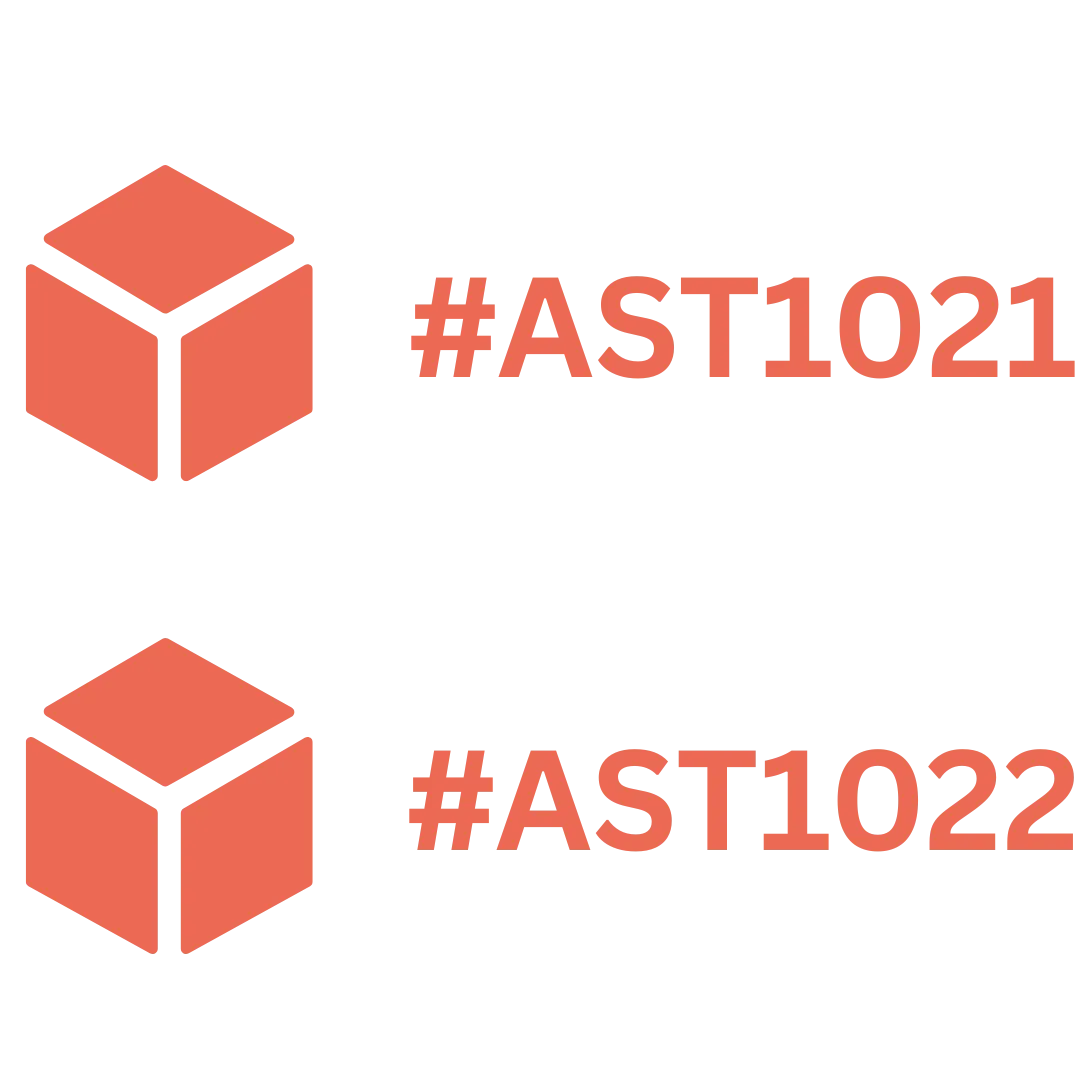





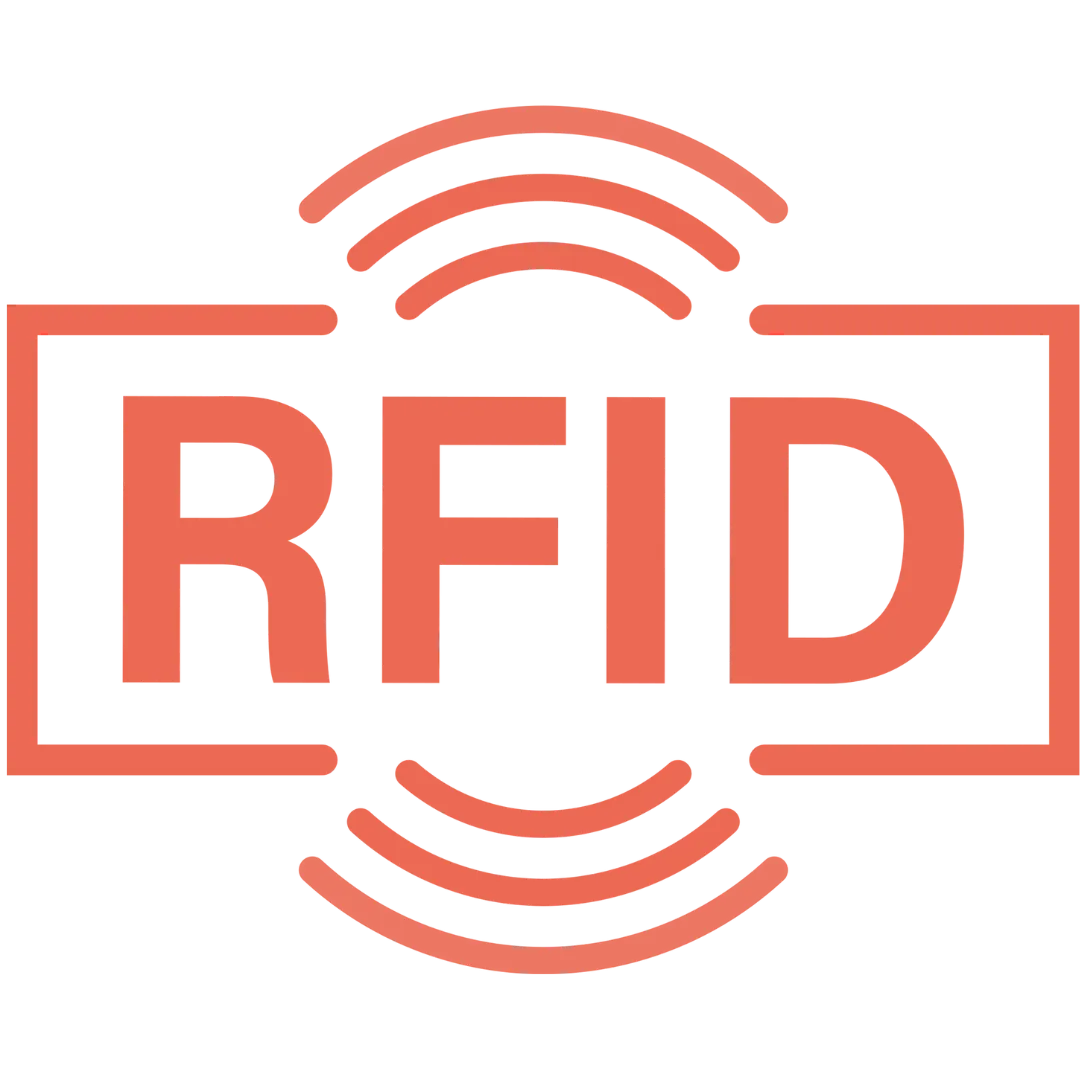

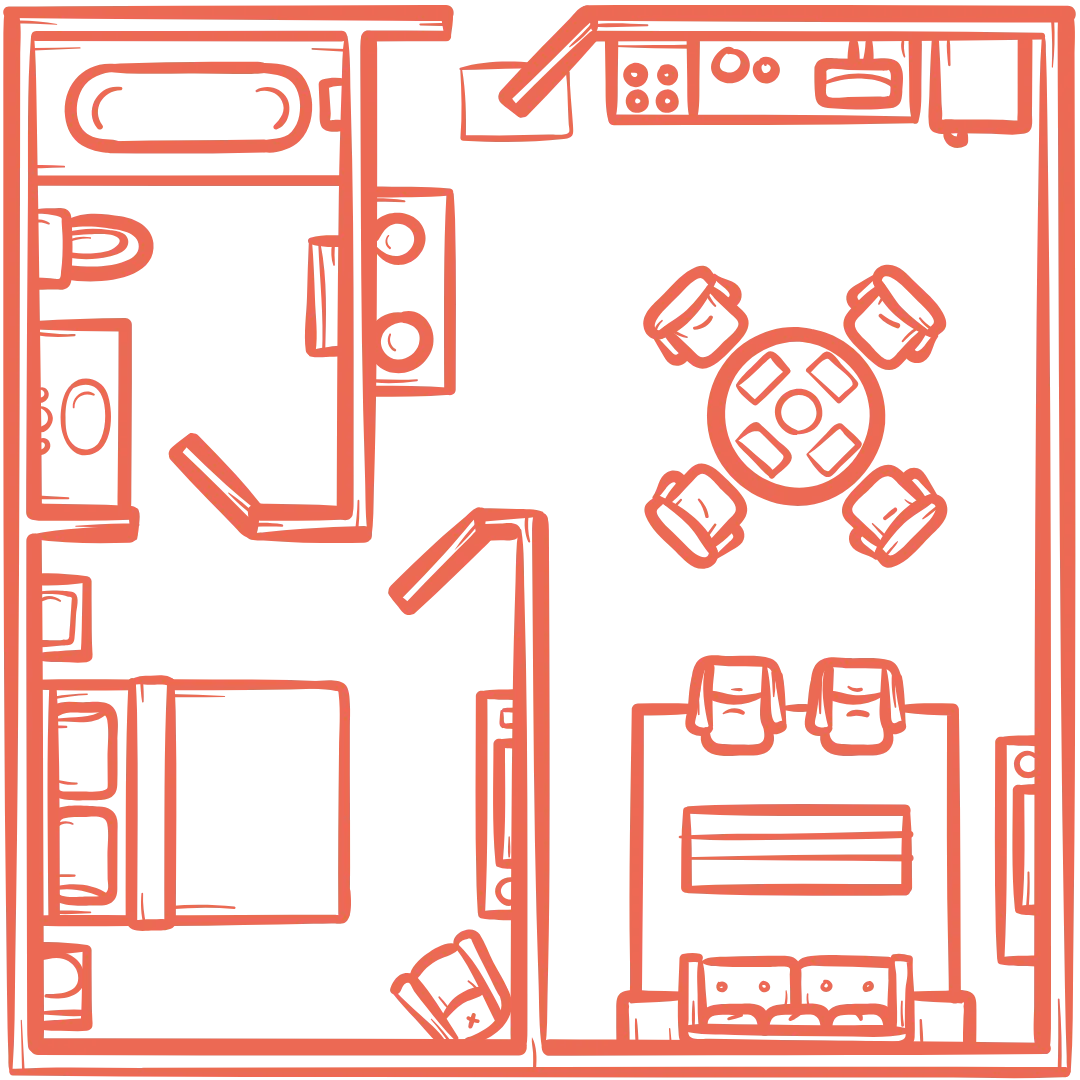




























.webp)
.webp)
.webp)
.webp)
.webp)
.webp)
.webp)
.webp)
.webp)

.svg)




.webp)
.webp)






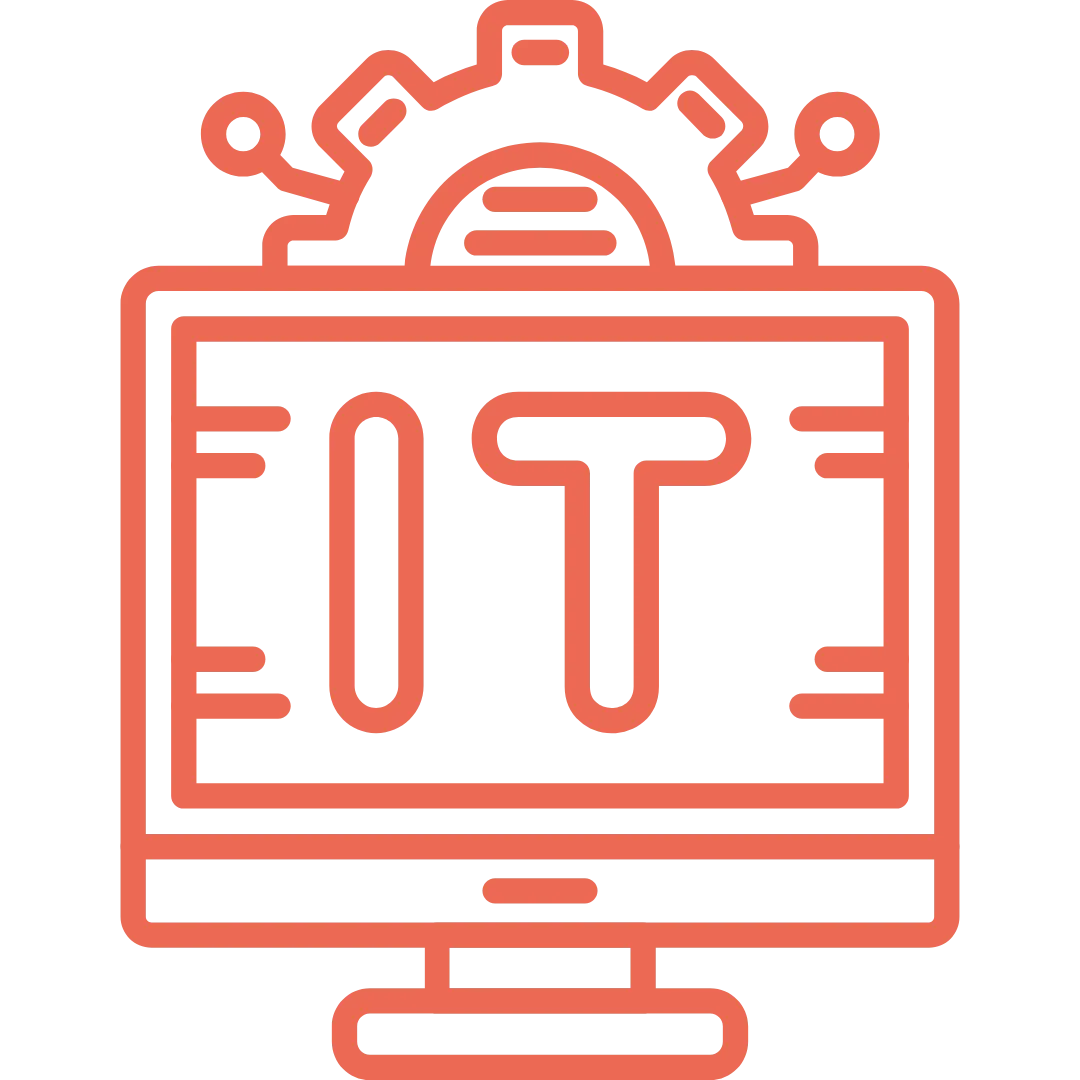







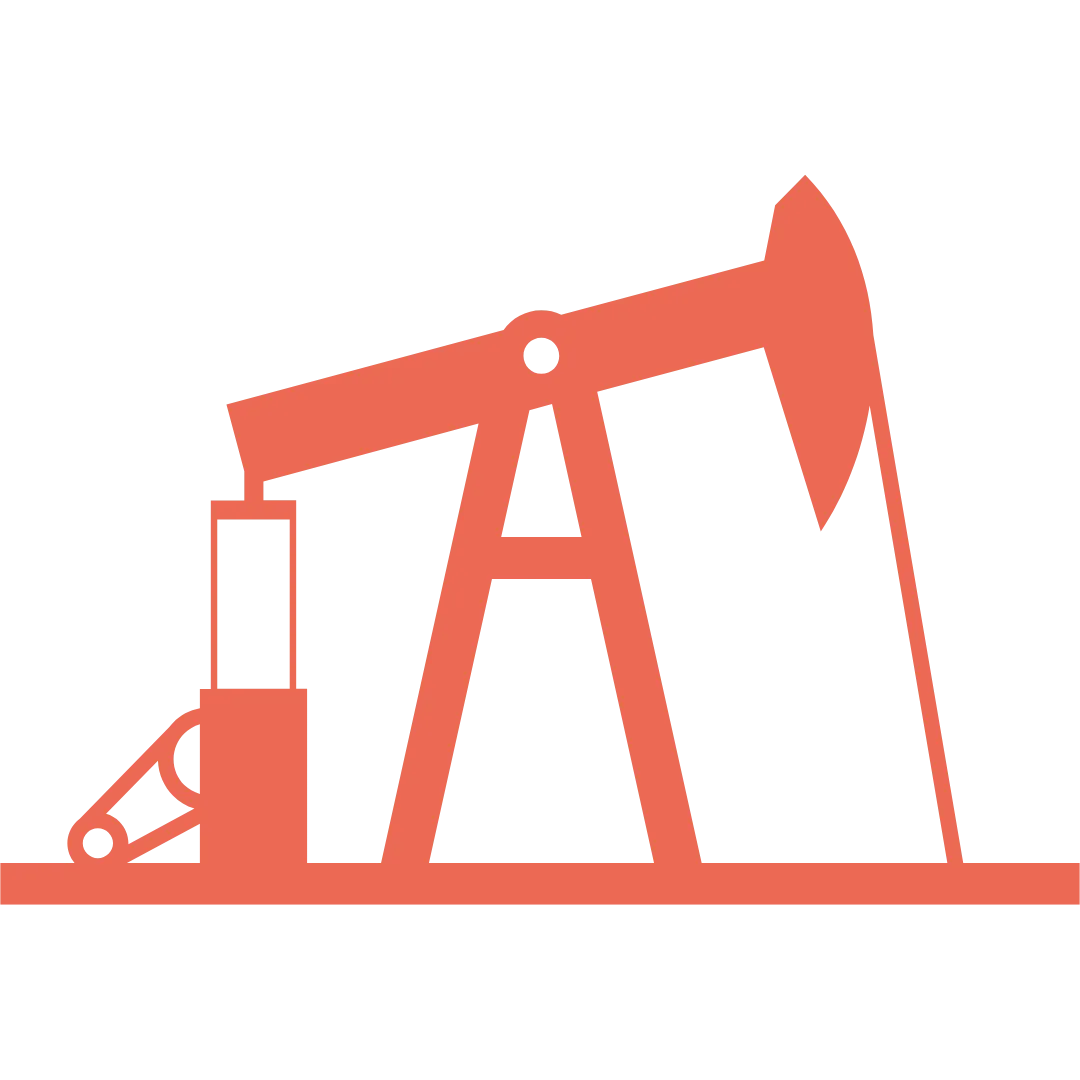




























.png)


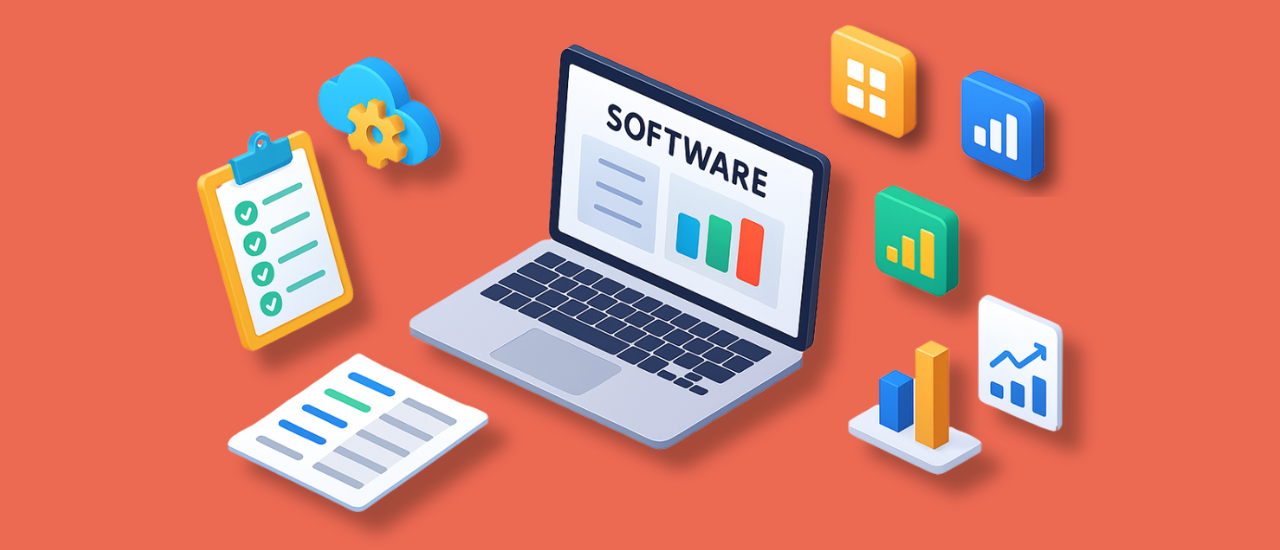
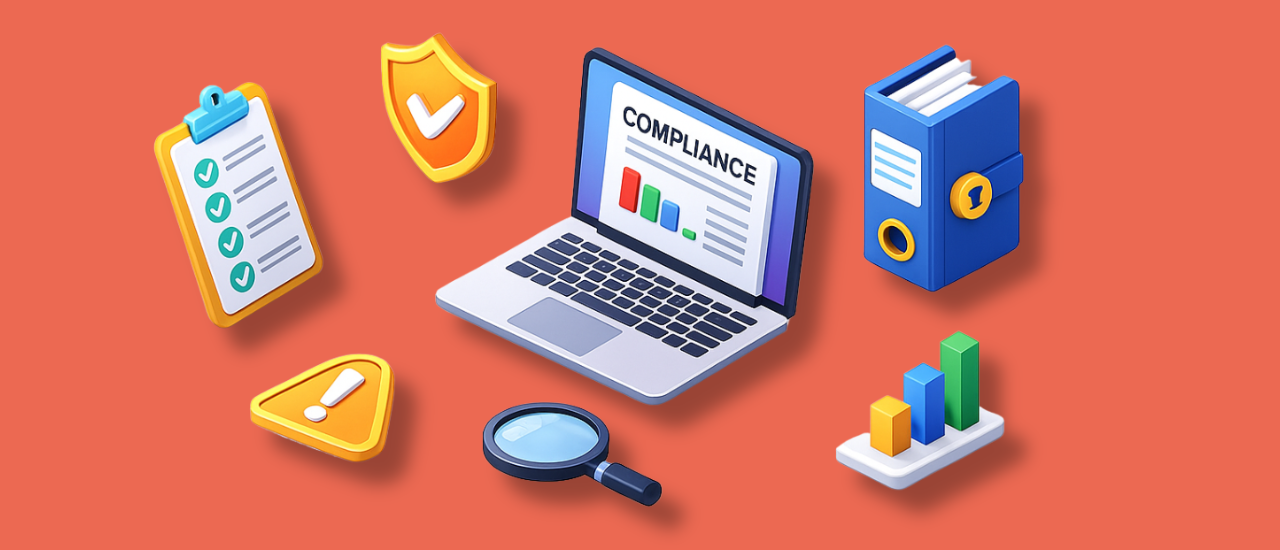
.webp)


















